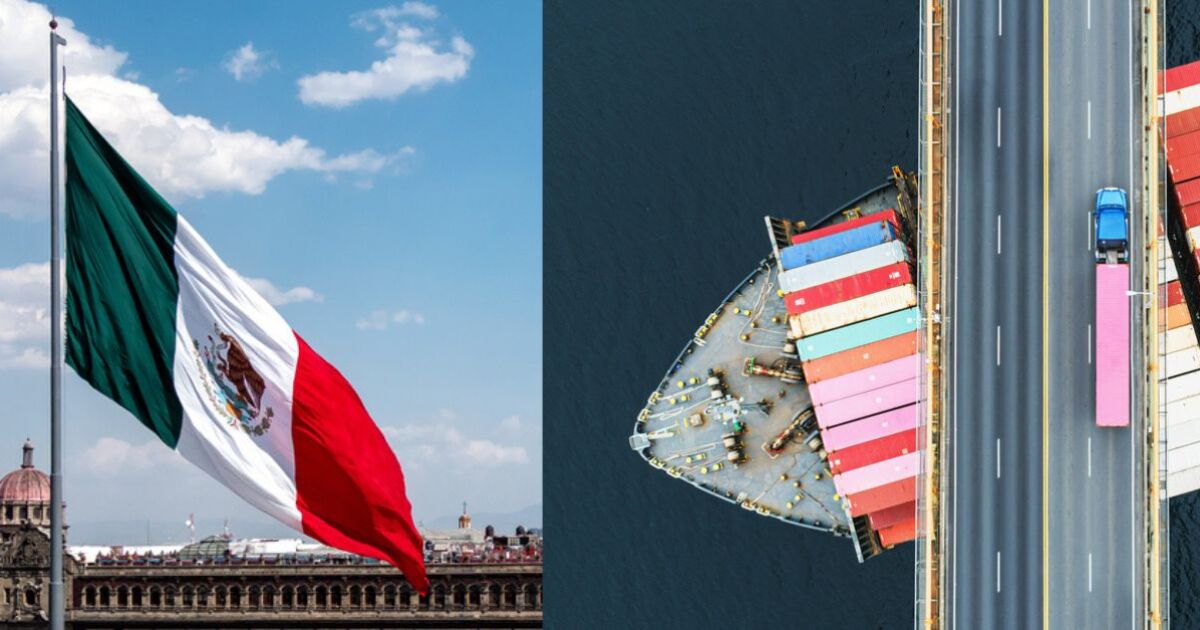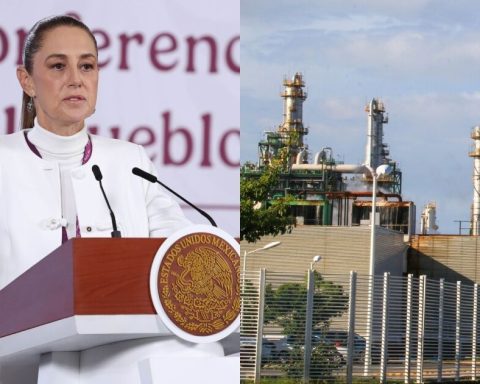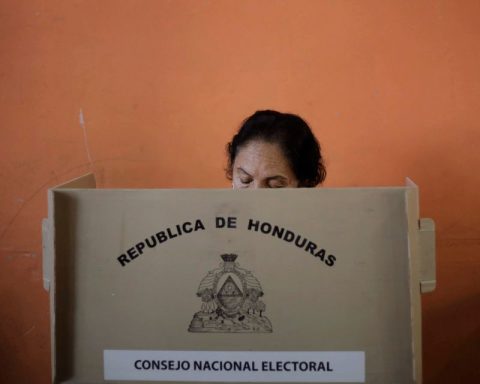The Mexican government has a single window for sending electronic information, once only, to comply with foreign trade requirements to streamline and simplify information flows.
Another problem, the interviewees agreed, has to do with the lack of government strategies with a medium and long-term vision.
“I have never seen an administration, or really a country – that implies the business sector and civil society; everyone – with these long-term visions”, affirms Jorge Acosta, partner of the consultancy Alterpraxis.
The Index executive adds that before investing in a country or region, companies and investors require certainty and certainty that the rules of the game will not change, legal certainty and the rule of law, as well as having infrastructure, services, skilled labor and proximity to the final consumer, in this case it is the United States.
Three Mexicos
In addition, towards the interior of the country the economies run at different speeds, since we see a more developed north and lowlands, with qualified labor and better services, but the south faces lags in infrastructure, although there is more water, a resource that is not it is so abundant in entities like Nuevo León.
The south-southeast has infrastructure needs -communication routes, access to services, industrial parks-, as well as training centers for the workforce and, thus, the population benefits from the arrival of new employment opportunities, the analysts agreed. consulted.
In addition to the agricultural sector, in the south-southeast, work must be done on education, connectivity, access to services and resources, and industrial parks so that it can develop, as happened in the north of Mexico, Kandel said.
One of the strengths of the south, added the director of DiSí, is the proximity between the Yucatan Peninsula and the East coast of the United States. “It is also a point of union between Central America and the entire Caribbean area,” he said.
The federal government of Andrés Manuel López Obrador, as part of its strategy to promote this region, is working on the Transisthmic corridor, the Mayan Train and on the construction of industrial parks along the route.
If it comes to fruition, says Pamela Velazco from the Tec de Monterrey, it will be possible to compete with the Panama Canal in the transfer of goods from one ocean to another. However, Jorge Acosta, from Alterpraxis, points out that the Port of Salinas Cruz needs to be remodeled.
This region, in addition to the tourist vocation, can open up to sectors such as construction and technology, as Mérida, the capital of Yucatán, is doing, highlighted Enrique Galeana, CFO of Grupo Financiero Base.
Luis Hernández points out that with regard to vocations, the best prepared states are Chihuahua, Baja California and the entities that are part of the Bajío. However, there are shortages of energy and water.
In general, Mexico still has the demographic bonus, as well as qualified labor and training centers for educational institutions; as well as being very close to the United States and sharing time zones with North America.
This last point may sound minor, but it is important when companies and investors seek to quickly supply their demands for inputs and intermediate products to keep their production lines always active.
Thanks to these factors, relocation has not been a lost opportunity for Mexico, since the country still looks attractive for the arrival of new companies, industries and capital.
















